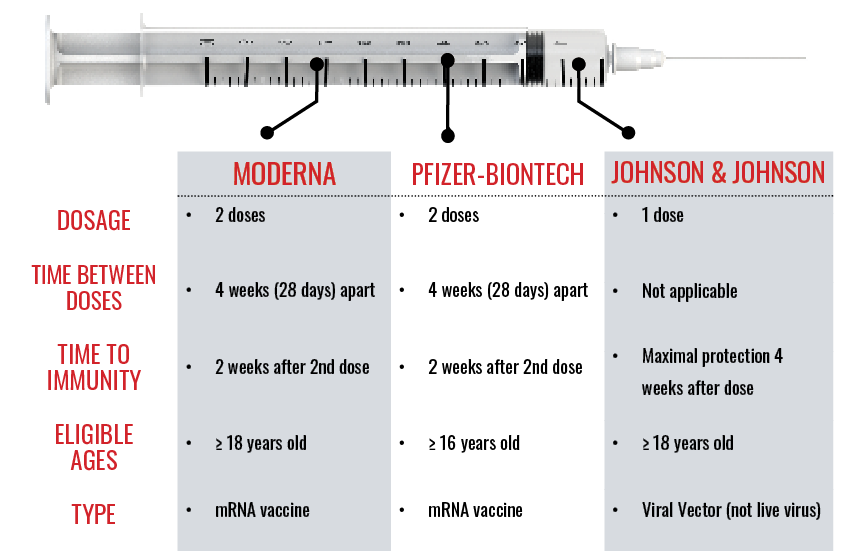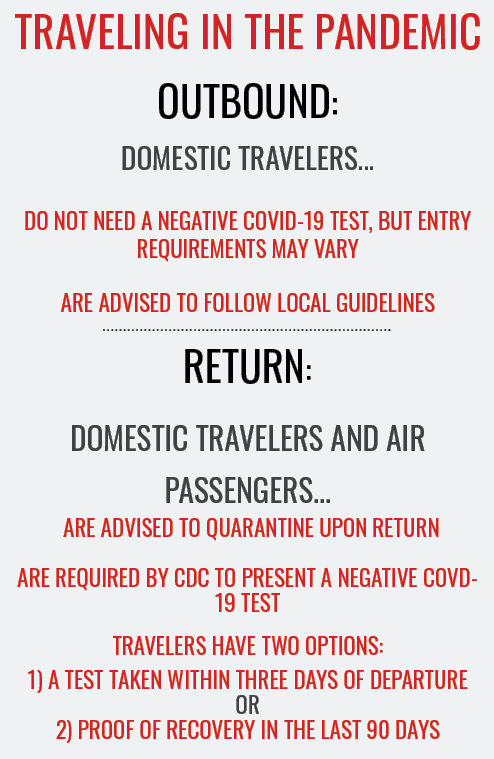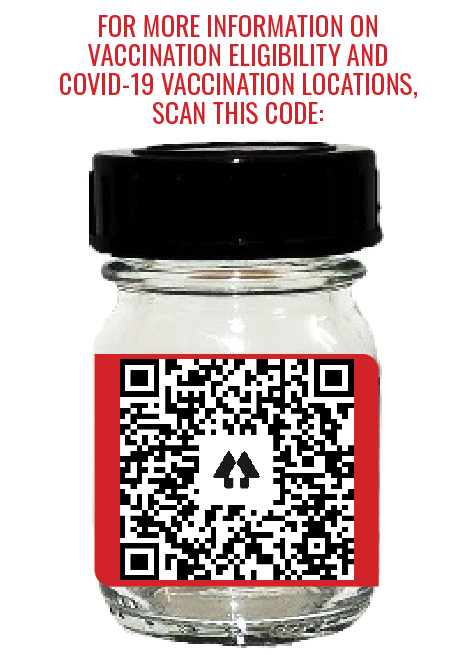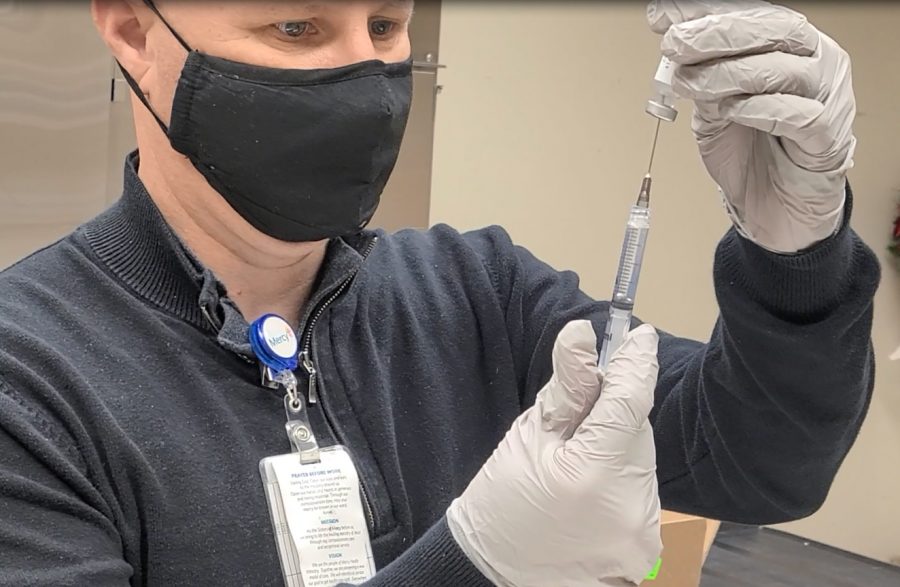Your donation will support the student journalists of Marquette High School. Your contribution will allow us to purchase equipment and cover our annual website hosting costs. You may become a PATRON by making a donation at one of these levels: White/$30, Green/$50, Blue/$100. Patron names will be published in the print newsmagazine, on the website and once per quarter on our social media accounts.
COVID-19 Vaccine Distribution Begins in the Community
April 7, 2021
Media by Bethany Pope
Steve Frigo, executive director of pharmacy at Mercy Hospital prepares a COVID-19 vaccine. The vaccine arrives at a facility in a box of dry ice and is immediately transferred to an ultracold freezer, where it is stored at -80 degrees Celsius. It is then thawed in a refrigerator for up to five days. Before usage, the vaccine is diluted with saline solution and is good for up to six hours.
Missouri entered Phase 2 of COVID-19 vaccinations Monday, March 29, which includes essential workers in education, childcare, communications and community-related sectors.
Dawna Barnhart, biology and forensics teacher, is disappointed with the tier system that prioritizes certain people over others.
“Teachers are considered to be front line workers in my respect,” Barnhart said. ”We opened schools before we had teachers vaccinated. From a state standpoint, it feels like they don’t care about teachers. They have to get schools open because they need our kids back into school and out of their parents hair so their parents can go back to work and help the economy.”
Barnhart was diagnosed with Type 1 diabetes at the age of 28 and Rheumatoid Arthritis in her mid-30s. Cognizant of her autoimmune diseases, Barnhart set out to get the COVID-19 vaccine.
As she is considered high risk for COVID-19, she actively sought out the vaccine over the past few months, signing up for administrations by St. Louis County, BJC Pharmacy, St. Lukes and Mercy. Finally, St. Louis County invited her to travel to Affton, Mo., and get the Moderna vaccine Wednesday, March 3.

“When I got there there, it was very orderly and everyone was really nice,” Barnhart said. “They also had the Pfizer vaccine, and the older people were getting that. I would say I was the youngest there.”
Barnhart is scheduled to get her second shot Wednesday, March 31. She predicts an onset of flu-like symptoms after her shot as her friends have told her they experienced them.
Rob Durham, language arts teacher, received his vaccine last Thursday. Although Durham at that time was unable to get the vaccine under the Missouri tier system, he was able to receive his shot through Walmart, who’s participating in the federal vaccination program which allows teachers to get the vaccine earlier.
Durham said the only issue he encountered was the 40 minute drive it took during the school day to get the vaccine in Washington, Mo.
“It took most of my plan time and lunch, but it was worth it,” Durham said.
Durham also expressed frustration with the inefficiency in the Missouri tier system for distributing the vaccine, since his wife has Rheumatoid Arthritis and was still unable to get her shot.
“The tier system is ridiculous,” Durham said. “I understand the people who need it for health, but the fact that there are leftovers at some of the vaccination sites is unbelievable.”
Durham added there’s not much of a difference whether receiving the vaccine through a federal program like Walmart or through the state system, and encouraged all teachers to get the vaccine whenever and wherever possible.
Lauren Lakamp, sophomore, had her life impacted by the COVID-19 vaccine in a unique way. She was part of a study examining the effects of the vaccine before it was rolled out to most of the population.
In early December, Lakamp had her blood drawn, took a COVID test and received either the real first of the vaccine, or just a placebo. She’s currently in the waiting period of the study which involves filling out surveys and describing how she feels physically.

Lakamp said she’ll be “unblinded” Sunday, April 4, and figure out whether she received the real vaccine or not. If she received the placebo, she’ll then be able to receive the real vaccine.
“Although it’s difficult not knowing if I’m vaccinated or not, it’s not that different at the end of the day whether I know now or in two weeks,” Lakamp said.
GOVERNMENT’S ALLOCATION AND DISTRIBUTION
St. Louis County Councilman for District 7 Mark Harder (R) works with a seven-person board to set policy for the St. Louis County government. Harder said at the onset of the pandemic, the County Executive office set COVID-19 guidelines, and as he got dissent from citizens, the board pushed back against a few mandates and modified them.
Harder said the federal government buys the vaccine from the makers and sends invoices to states, denoting how much of the vaccine they will get at the time. Then, the states are given the permission to gather those vaccines and turn them over to individual jurisdictions, such as St. Louis County.
“There is a rub where some areas receiving the vaccine don’t have many people demanding it,” Harder said. “The big issue is the supply.”
To determine who is eligible for the vaccine, the St. Louis Department of Public Health (DPH) follows the criteria that the Missouri Department of Health and Senior Services has set, in accordance with the Centers for Disease Control and Prevention (CDC) guidelines.
Public information officer for the DPH Sara Dayley works with communications and press releases, specific to the COVID-19 pandemic as of right now.
Dayley considers the DPH the “middle man” between the state and the citizens as the department consistently puts out updates and reports to inform the public about the state of vaccination.
“We are capitalizing on what we have and are trying to do our best,” Dayley said.
VACCINATION FACILITIES
In Missouri, more than 1.9 million individuals have received at least one dose of a COVID-19 vaccine, which is 19.5 percent of the state population, according to the Missouri state website.
To assess where the vaccines are going, the state has created regions A through I. About 35 percent of the state’s allocated vaccines are going to region C, which includes St. Louis City and County, Franklin and St. Charles, and 20 percent of them are going to region A, which includes the western counties of the state. Together, those populations add up to be about 59.9 percent of the state’s total population.

Vaccination facilities near the county area include but are not limited to Walmart, Walgreens, St. Luke’s Hospital, Mercy Hospital, BJC Pharmacy and SSM Health.
Tom Hall was the pharmacy director at Missouri Baptist Medical Center until he retired a little over a month ago. Hall originally had planned on retiring in July of 2020, but postponed his retirement to January of 2021, largely because of the pandemic and not wanting to leave at a time with a high patient load.
He said the distribution of the COVID-19 vaccines was unlike anything he had seen before.
“It was a much more complicated process ordering it from the state to let them know how much we wanted,” Hall said. “We had to go through a registration process to even receive the vaccine where we had to let the state know how it would be stored and where it was going.”
Although the tight process required to obtain the vaccine provided some difficulties, he said it also provided the reassurance the vaccine will be stored and administered properly at a hospital or pharmacy.
While currently those eligible to receive the vaccine are often challenged by the low numbers of doses available, Hall said there may be a new obstacle in the future.
“With the approval of the Johnson & Johnson vaccine, the issue will likely be going forward with the hospital, pharmacies and public health agencies having to scramble to increase the capacity to vaccinate more people,” Hall said.
Chief pharmacy officer at Mercy Hospital Jon Lakamp and MHS parent, coordinates pharmacy functions at the ministry of Mercy.
After the FDA approved the Pfizer-BioNTech and Moderna vaccines mid December, vaccinations began at Mercy Hospital Monday, Dec. 14, starting with the frontline workers—nurses, physicians, ICUs and supporting staff.
To prepare for mass vaccination, Jon said Mercy started gathering supplies, such as the ultracold freezer used to store the vaccine, in October. Now, the vaccine makers ship the vaccine in a box of dry ice. Distributors ship supplies such as syringes, alcohol pads, saline solution and vaccination cards on behalf of the federal government.
In terms of efficiency, Jon said there will always be room for improvement and people who are not pleased.
“It is not without some bumps and challenges, and we are getting there as we transition from high demand and low supply to enough supply,” Jon said. “I would like to see more efficiency in figuring out where the vaccine needs to go and to how many people.”
Jon echoes the concern of Barnhart, Stockwell and Harder: the issue of equity. As the vaccines are shipped across the state, Lakamp said they are going to waste in lower populated areas where the demand is not as high. This is a common issue among St. Louisans, like Barnhart and Stockwell, who are traveling outside of the county to get vaccinated.
“The vaccine should also try to reach people that don’t have that much access,” Jon said. “How do we ensure people without technology can also get vaccinated? Instead of expecting people to come to the hospitals, how can we go to them? Maybe we need to go to community centers and churches.”
RSD’S INVOLVEMENT
Supervisor of Wellness and Health Services Amy Wehr, said RSD has continuously sent out updates to teachers via email and through their website to inform them of vaccination opportunities.
Wehr said the district looked into providing the vaccine for teachers at RSD schools but ran into logistical issues with the Missouri Department of Health and Senior Services.
“Part of the problem was the cold storage issue with the first two vaccines that were initially available because they had to be stored at 30 degrees, which is not normal for a refrigeration unit, so that took school districts like us out of the mix,” Wehr said.
Although Wehr said she hasn’t been vaccinated because she works in a relatively low risk area, she said most school nurses received their first dose of the vaccine Friday, Jan. 15, through the Mercy Hospital system for school nurses in the St. Louis Metro area.
Wehr said she’s waiting to sign up for the vaccine because she’s not in direct contact with sick students like school nurses are, and she wants the people who are in the public everyday to get it first.
RSD doesn’t require a COVID-19 vaccination for employment. While Wehr advises that staff do take the vaccine when they can, she understands it’s an individual decision and that some are still anxious to sign up for it.
“Your health is your health, and your decisions are personal,” Wehr said.
Principal Dr. Steve Hankins said it’s been a challenge to help teachers search for places to obtain the vaccine.
“The signup has been difficult in the fact that we aren’t a hub of delivering the vaccine,” Dr. Hankins said. “The state isn’t calling us and giving us information. We have to find out on our own where the vaccine is being administered and send links to our staff and encourage them to sign up.”
Dr. Hankins said he has noticed an increase in staff excitement as more and more teachers receive the vaccine. He said the main worry staff have expressed is about missing a day of school because of side effects from the vaccine. To guard against this, many staff have attempted to secure prized weekend appointments.
Dr. Hankins also praised teachers for their efforts in preventing the transmission of COVID-19 in their classrooms by following safety protocols. He said if the number of COVID-19 cases continue to drop, modified versions of school traditions may be able to happen.
“We’re definitely looking at things like Prom, Graduation and a senior parade a little more hopefully than we were in the fall,” Dr. Hankins said.
THE FUTURE POST-VACCINATION
Looking ahead, Dr. Hankins said contact tracing, wearing masks, and using four lunch shifts will likely continue into the fall semester of the 2021-2022 school year.
As for mask mandates and social distancing guidelines, Harder and Wehr predict that much of societal health concerns will continue to live on.
“We are, as a people, just going to be skeptical about these types of situations in the future,” Harder said. “Certain ways of living in our society are going to be different. Handshakes and physical proximity will probably go away.”
In agreement with Harder, Hall said things will look fairly similar in the next six months and there will be a number of people who haven’t gotten vaccinated. Until there is more data on the long-lasting protection from the virus, there will likely be looser but present restrictions.
“We also can’t predict the future mutations of the virus and what protections the original vaccines will offer to that,” Hall said. “It’s very possible we’ll have to receive booster doses or modified versions.”
Jon said it will take a while for the supply of vaccines to meet the demand for the vaccines, even as the state progresses through the tier system. He suspects July being the earliest there is enough of the COVID-19 vaccine for all Americans to have a chance at vaccination. Then, he said there will be the hurdle to reach out to people that don’t want to be vaccinated.
“We will get there, but the real question is when,” Lakamp said.


